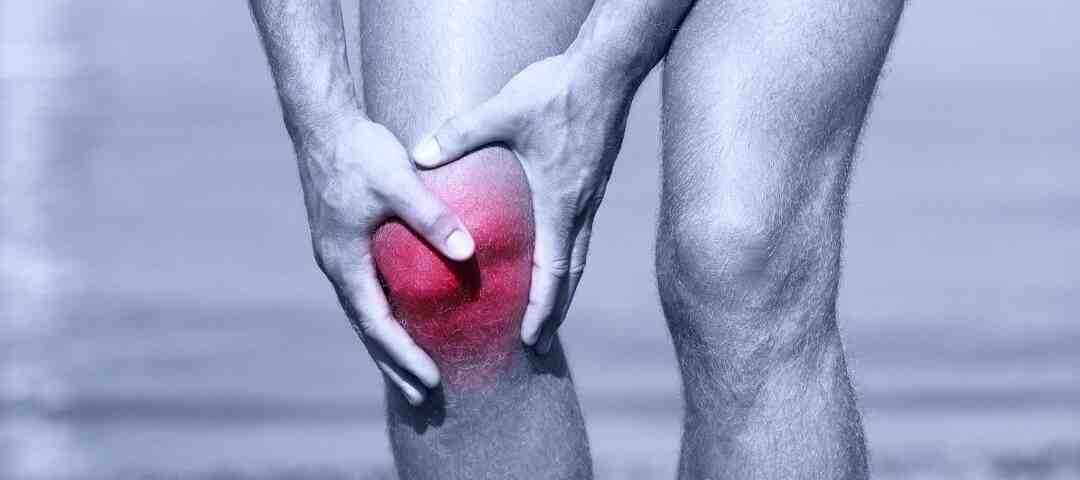Car Accidents and Knee Injuries

What Your X-Rays Will Not Show After a Car Accident
January 25, 2025
Car Accidents and Elbow Injuries
February 12, 2025- Accident doctor
- accupuncture
- airplane headache
- alzheimer's
- best habits
- Brain Injuries
- car accident
- car accidents
- cervical strain
- colds
- concussion
- Concussions
- disc bulge
- dosage meds
- dry needling
- dull pain
- E bike injuries
- florida
- good posture
- headaches
- Headrest positions
- Headrest positions after an accident
- Healthy choices
- Healthy flying
- healthy gift guide
- Healthy SPring Ideas
- hip pain
- hyperextension
- injury doctor
- insurance
- Kayaking
- kentucky
- kids motion sickness
- lifestyle
- motion sickness
- neck injury
- no fault insurance doctor
- noise healing
- osteoporosis
- pain symptoms
- pink noise
- posterior chain
- posture
- prevent osteoporosis
- Rest
- Scoliosis
- shoulder pain
- Stress with kids after a motor vehicle accident
- TBI
- tips
- tmj
- torn muscle
- Traumatic Brain Injury
- trigger points
- VitaminD
- What are Post Traumatic headaches?
Car Accidents and Knee Injuries
Car accidents cause a wide range of injuries, and the knee is no exception. The knees are often braced against the dashboard, steering column, or seat in a crash which makes them vulnerable to injury or sustaining damage. Dr. Deryk Harting, a team member of one of the highest rated car accident medical care programs in the Tampa Bay area, explains the following mechanisms that can lead to knee injuries:
- Dashboard Impact: In frontal collisions, the knees may strike the dashboard or steering column.
- Twisting Forces: Sudden, unnatural rotation of the lower body during impact can strain or tear ligaments and muscles.
- Hyperextension: The forceful straightening of the knee can lead to ligament injuries.
- Compression Injuries: Bones and cartilage can be damaged when the lower body is compressed in a crash.
The knee is a large, complex joint that connects the femur (thigh bone) to the tibia (shinbone), with additional support from the fibula (smaller bone next to the tibia) and patella (kneecap). It is stabilized by four major ligaments: the ACL and PCL, which control forward and backward movement, and the MCL and LCL, which provide side-to-side stability. It is also stabilized by cartilage, including articular cartilage and the meniscus, which allow smooth movement and absorb shock. Tendons and muscles like the quadriceps and hamstrings also provide movement and stability.
Common Knee Injuries Caused by Car Accidents
- Anterior Cruciate Ligament (ACL) Tears
The ACL is critical for stabilizing the knee and is highly susceptible to injury during car accidents. Sudden twisting or hyperextension of the knee can tear the ACL, causing symptoms like severe pain, swelling, and instability. ACL injuries often require surgical reconstruction followed by therapy.
- Fractures
Knee fractures are common in high-impact crashes, especially when the knee strikes the dashboard. The most commonly fractured structures include:
- Patella (kneecap): Direct impact can cause the kneecap to crack or shatter.
- Tibia or Femur: Severe forces can fracture the ends of these bones near the knee joint. Fractures typically require immobilization, and severe cases may require surgery to realign and stabilize the bones.
- Meniscus Tears
The meniscus is an important cartilage structure that absorbs shock and stabilizes the knee. During a car accident, the twisting or compression of the knee can cause the meniscus to tear. Symptoms include pain, swelling, and difficulty bending or straightening the knee. Treatment options range from physical rehabilitation to surgical repair, depending on the severity of the tear.
- Posterior Cruciate Ligament (PCL) Injuries
The PCL is often injured in “dashboard knee” injuries, where the shinbone is forced backward against the dashboard. PCL injuries can cause pain, swelling, and instability in the knee. While minor PCL tears may heal with rest and therapy, severe injuries can require surgical intervention.
- Dislocations
A knee dislocation occurs when the bones of the knee are forced out of alignment. This is a severe injury that can damage the ligaments, blood vessels, and nerves surrounding the joint. Dislocations require immediate medical attention to realign the bones and assess for additional damage. Recovery often involves surgery and extensive rehabilitation.
The treatment of knee injuries depends on the severity and type of injury. Minor injuries like mild sprains may respond well to conservative treatments, including rest, compression, elevation, and physical therapy. Severe injuries, such as ligament tears or fractures, often require surgical repair, followed by a structured rehabilitation program. Recovery times vary widely depending on the injury. While some patients recover within weeks, others may require months of therapy to regain full mobility and strength. Early medical evaluation and diagnosis are crucial for restoring knee function and returning to normal activities.
If you experience knee pain or mobility issues after a car accident, seek immediate medical care to ensure proper diagnosis and management.
— This article is written by Deryk Harting, DC, one of the members of Chambers Medical Group’s team of car accident chiropractors who offer a variety of treatments and therapies ranging from diagnostic testing to various soft tissue therapies for car accidents and injuries in Florida.
- Car Accident Medical Clinic in Tampa
- Car Accident Medical Clinic in Plant City
- Car Accident Medical Clinic in Brandon
- Car Accident Medical Clinic in Lakeland
- Car Accident Medical Clinic in Sarasota
- Car Accident Medical Clinic in Louisville
- Car Accident Medical Clinic in Lexington
- Car Accident Medical Clinic in Florence




